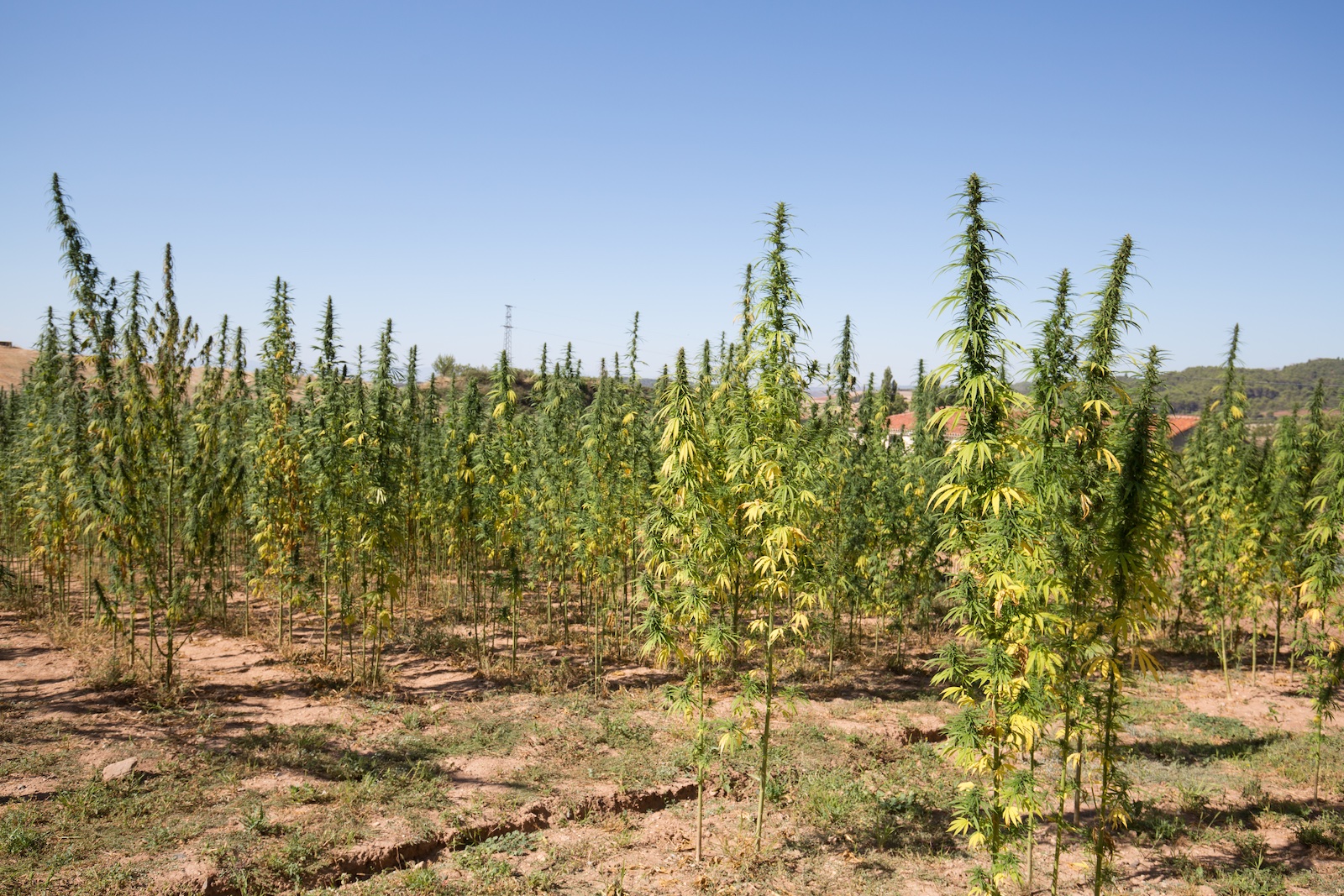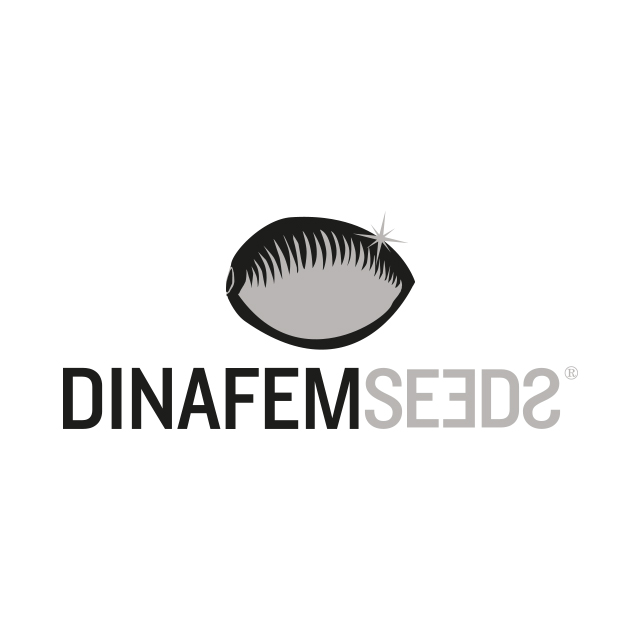- Peat is a key component of the substrates used for greenhouse and nursery plants, but due to its negative environmental impact, the continued extraction of this material is unsustainable.
- Several European countries have banned the sale of peat to consumers, so substrate manufacturers should voluntarily stop producing it from 2025, with a total ban coming into force in 2030.
- Hemp hurd (the shavings resulting from chopping hemp stalks) is an unexploited renewable material and a by-product of hemp cultivation (fibre, seed, medicinal, etc.). Now, a novel approach is considering reusing this hemp fibre as a substitute for peat in substrates for horticultural production.

Hemp is emerging as an unexpected remedy for one of the hidden environmental threats of the horticultural industry. For many years, gardeners have used a particular soil additive to facilitate the growth of a wide range of plants: this is peat, a universal ingredient for the cultivation of almost all plant species in most production systems.
Peat is a common ingredient in potting soil mixes that is easy to find in garden centres. And the difficulty lies in surpassing all its great qualities, including its high capacity for water retention, adequate porosity, and good aeration. Another outstanding trait of peat is that it doesn't decompose too quickly.
But the environmental costs of producing peat are incredibly high: it takes many thousands of years for peatland to develop; and, when peat is extracted, it really cannot be replaced. Peatlands are wetlands where organic matter has accumulated after decades of decomposition. These marshes play an important role in protecting the environment, as they are key to maintaining biodiversity, in addition to preventing floods or droughts. And, most importantly, they are great help against climate change, as they retain more carbon than all the world's forests combined. On top of all that, peat extraction leads to harmful consequences: the release of the CO2 responsible for 10% of the greenhouse effect. And this is why these areas need to be protected.
The peat industry is facing a dwindling supply as well as possible new restrictions on sales: many countries have already proposed or passed laws prohibiting the sale of peat to garden users because of this environmental impact. Now, researchers from the University of Connecticut are wondering whether hemp fibre (specifically hemp hurd) could mimic the beneficial properties of peat that make it such an attractive soil additive.
Bast fibre with great potential
Hemp hurd comes from the inner part of the hemp stalk. It is a woody material with a high cellulose content that makes it porous and highly absorbent, which can be used in a broad range of applications and holds great industrial potential. Hemp hurd is considered a by-product that is often discarded from the manufacturing of hemp textiles, in which the thin outer fibres of the stem are spun into fabric or rope.
The North American researchers in question proposed the hypothesis that the size of the particles of hurd is similar to that of peat, so hurd could help provide some of the same effects. They conducted several tests, the results of which have been extremely promising. For instance, with some studies on petunias grown in greenhouses, they discovered that hurd can replace peat by up to 66%... and still produce a plant with similar market quality, in the same amount of time, and with the same fertility.
Therefore, the reuse of hurd brings a double benefit to the environment, as it can divert a huge waste source from the hemp industry and also reduce the need for destructive peat collection.

The research team will continue to test the efficiency of hurd with other plants, in growing mediums for woody plants (perennial and deciduous), herbaceous perennials, ornamental grass, garden plants, and vegetables. And they foresee a very positive response from the new material. In fact, in a pre-test survey, they stated that 100% of producers indicated that "they were extremely or very interested in research evaluating sustainable alternatives to peat", and that "the use of hemp hurd, a renewable resource for the production of plants, would be considered very favourably by the public".
As peat supplies face imminent restrictions and less and less is consumed in the world, research such as this from the University of Connecticut will be crucial in helping the horticultural industry weather the approaching storm. To get a better idea, a large nursery can use more than five Olympic pools filled with peat for its annual substrate production.
Other perspectives of hemp as a revolutionary material
The hemp market is growing rapidly as interest in eco-friendly and sustainable alternatives continues to grow globally. Companies in the textile and construction industries are realising its potential as a flexible and sustainable resource. And the hemp market is expected to experience significant growth and innovation as laws change and consumer preferences shift towards more environmentally friendly choices. For example:
With the rise of biocomposites: Hemp's natural fibre and resin binder qualities are encouraging its use in biocomposite materials. Manufacturers are using lighter, stronger, and more environmentally friendly hemp-based plastics to replace traditional plastics, in everything from furniture boards to car panels.
Revolution in the construction industry: This industry is taking notice of the insulating and fire-retardant qualities of hemp. Prefabricated hemp blocks offer better thermal performance and a lower carbon footprint than traditional bricks. Hemp's acoustic damping qualities are also gaining ground in noise-sensitive applications such as recording studios and schools; and this adaptable material is clearly destined to revolutionise green building practices as well.
Nanotechnology at microscopic level: Scientific advances are revealing the hidden potential of hemp. By adding nanocellulose derived from hemp fibre, scientists are creating ultra-resistant and lightweight materials, suitable for use in medical implants and aerospace components. With the help of this revolutionary technology, the hemp market is expected to penetrate more high-tech industries.
In short, hemp is positioning itself as a revolutionary material in the search for sustainable solutions. Its versatility makes it a valuable resource in various industries, including textile, construction, and automotive. And now also in horticulture and food production. Hemp cultivation offers a positive environmental impact thanks to its ability to improve soil health and to grow with low water and pesticide requirements. Its rapid ability to regenerate and capture carbon amplifies its ecological value. By integrating hemp into more applications, our dependence on non-renewable and polluting materials could be significantly reduced, offering a more sustainable and respectful future for our planet.



Comments from our readers
There are no comments yet. Would you like to be the first?
Leave a comment!Did you like this post?
Your opinion about our seeds is very important to us and can help other users a lot (your email address won't be made public).